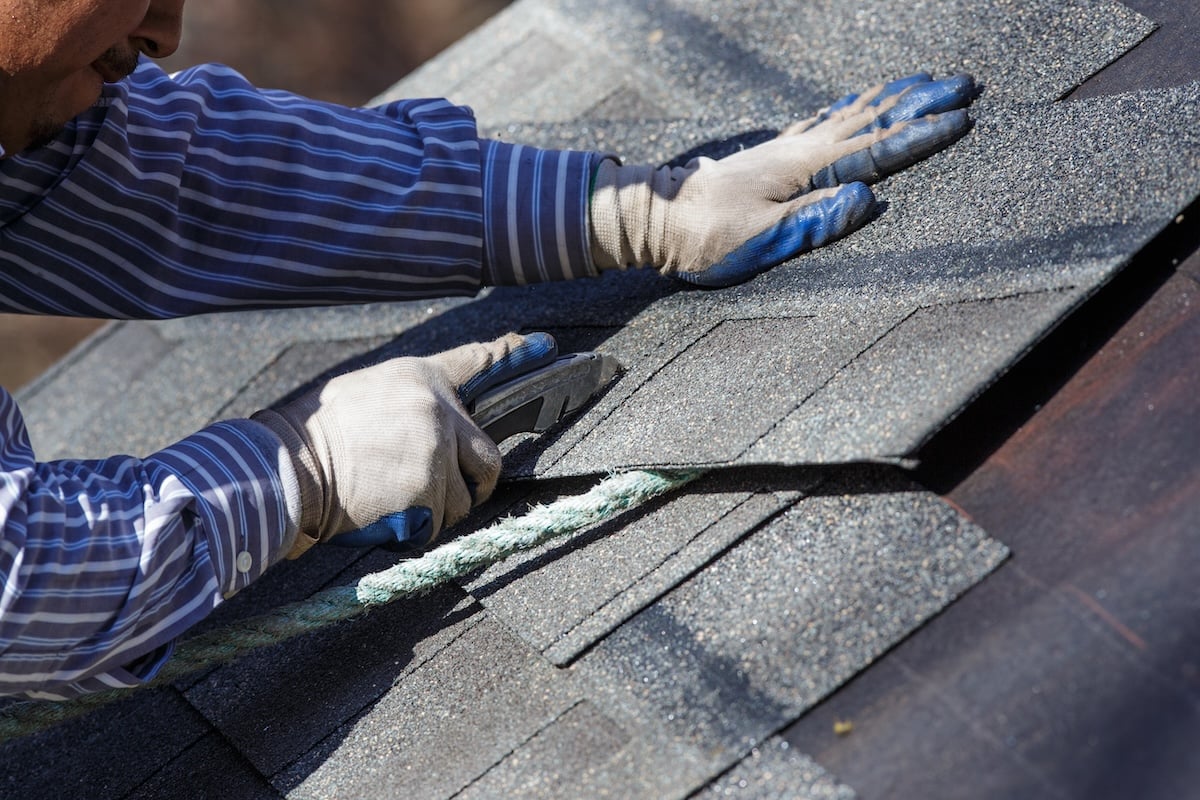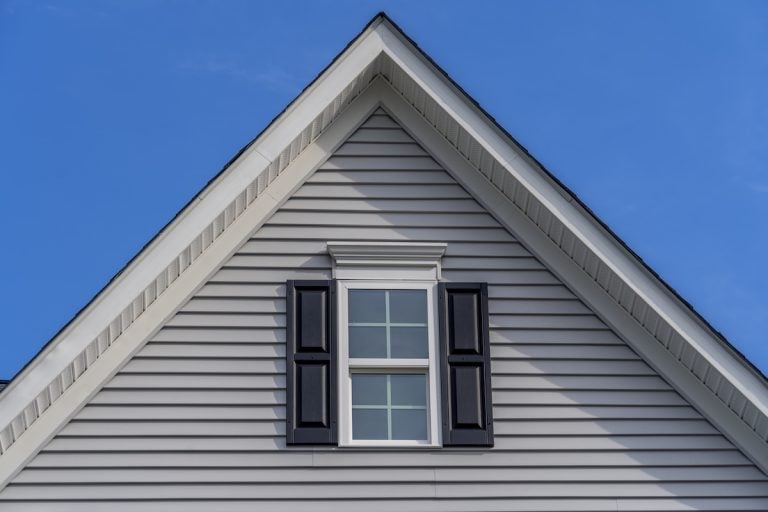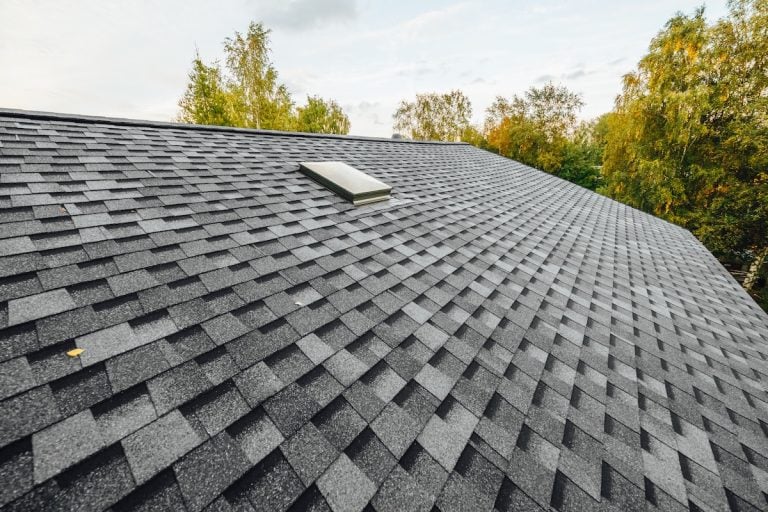If you’re planning a roof replacement, you’ve likely asked yourself, what are starter shingles and why do they matter? While they aren’t visible once the roof is complete, starter shingles are a key component of a reliable, leak-resistant roof. These specially designed shingles serve as the foundation layer for your roofing system and play a critical role in protecting your home from water infiltration and wind damage.
In this blog, you’ll learn:
- What starter shingles are and where they go
- Why they’re essential for roofing performance
- What happens if they’re skipped or installed incorrectly
🤔 What Are Starter Shingles?
A Specialized First Row of Shingles
Starter shingles are the very first course of shingles installed at the eaves (bottom edge) and rakes (sloped edges) of a roof. Unlike regular roofing shingles, starter shingles are flat, uniform, and designed without the decorative cutouts or tabs seen in architectural shingles.
Designed for Function, Not Looks
- No aesthetic pattern: Starter shingles are hidden underneath the first visible row
- Consistent shape and adhesive strip: Provides a secure base for the rest of the roof system
- Directional design: Typically installed with the adhesive strip facing the roof edge
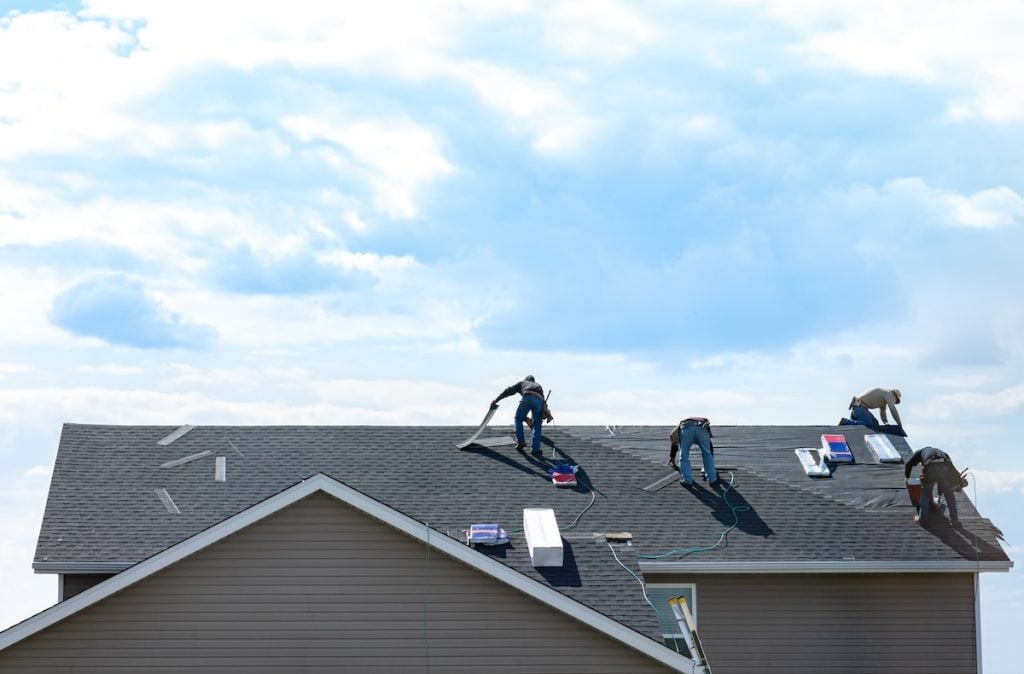
❗️ Why Are Starter Shingles Important?
Water Protection at Vulnerable Edges
Starter shingles help prevent wind-driven rain from sneaking under the first row of architectural shingles. Without them, gaps and seams could be left exposed at the eaves and rakes—exactly where water is most likely to penetrate.
- Adhesive seal: Creates a watertight bond along the roof edge
- Wind resistance: Secures the first visible shingle course to prevent blow-off
- Edge coverage: Seals off cut edges and fills gaps left by regular shingles
Wind Uplift Resistance
- Built-in adhesive strip: Starter shingles hold down the bottom row and resist lift in high winds
- Protects the entire roof system: A weak first row can compromise the rest of the roof in storms
Manufacturer Warranty Compliance
Most roofing manufacturers require starter shingles to be installed as part of their system warranty. If omitted or substituted with field shingles, your warranty may be void.
🏠 Where Are Starter Shingles Installed?
Eaves (Bottom Edge)
This is the most common area where starter shingles are used. Their adhesive strip seals the first row of roofing materials to the edge, preventing water from creeping underneath.
Rakes (Gable Ends)
Starter shingles at the rakes provide the same protective function as at the eaves—especially in wind-prone areas.
Not Visible Once Complete
Once the first full row of shingles is laid over the starter course, starter shingles are fully concealed. But don’t let their invisibility fool you—they’re essential for a high-performing roof.
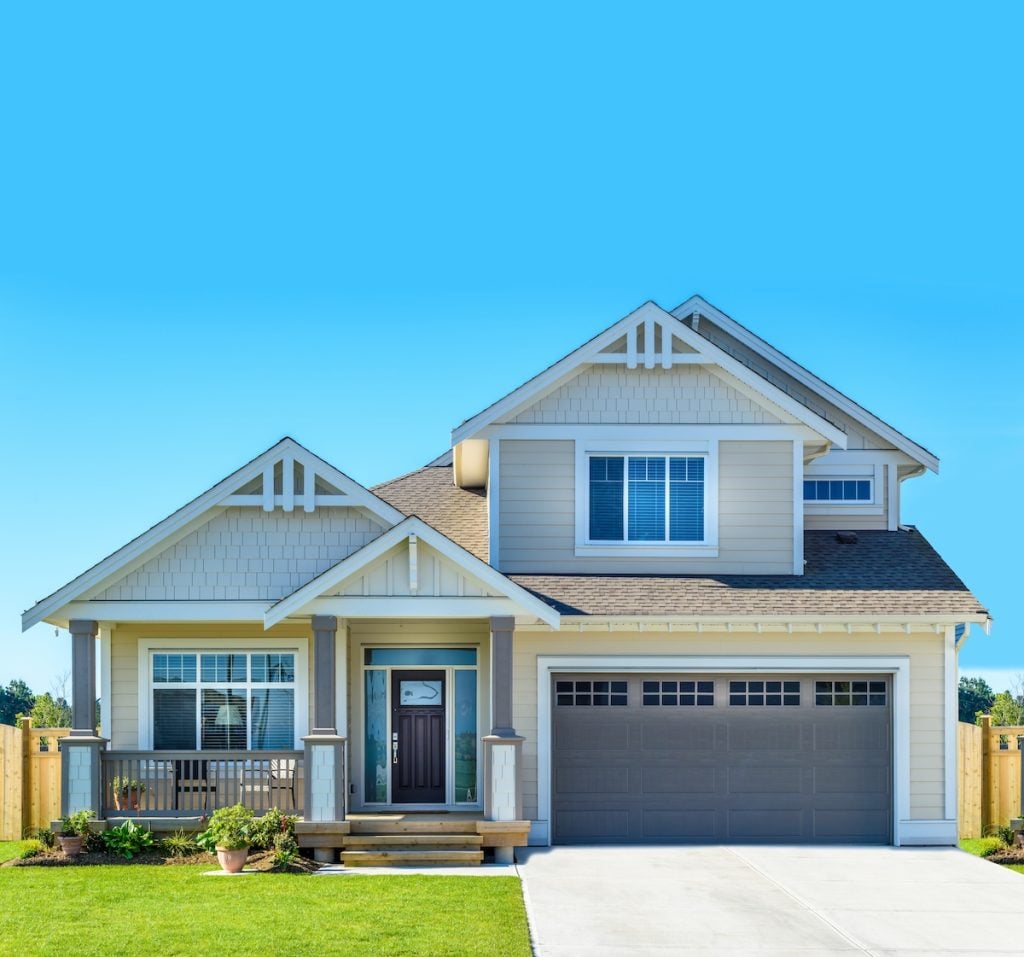
📋 6 Reasons Starter Shingles Should Never Be Skipped
- Seals Roof Edges Against Water
- Why it matters: Regular shingles have cutouts that allow water through the edge
- Starter shingles seal this gap: Their full strip design prevents edge leaks
- Protects Against Wind Damage
- Why it matters: Starter shingles anchor the first row against wind uplift
- Added security: Especially important in hurricane or storm-prone regions
- Supports Full Roof System Integrity
- Why it matters: Roofing systems are engineered from bottom to top
- Missing this base layer can create vulnerability throughout
- Helps Maintain Warranty Coverage
- Why it matters: Manufacturers expect system components to be installed as specified
- Improper installation: Can void coverage even if leaks occur years later
- Improves Longevity of Architectural Shingles
- Why it matters: Starter shingles reduce exposure at the lower edge
- Less moisture penetration means longer life for visible shingles
- Ensures a Professional-Grade Finish
- Why it matters: Using trimmed regular shingles is a shortcut, not a solution
- Purpose-built starter shingles: Deliver better edge adhesion and waterproofing
❌ Common Mistakes With Starter Shingles
- Using Regular Shingles Instead: Some contractors try to cut corners by flipping regular shingles upside down to act as starter shingles. This method lacks the factory-applied adhesive and often results in poor edge protection.
- Installing in the Wrong Direction: Starter shingles must be installed with the adhesive strip toward the edge of the roof—backwards installation renders them ineffective.
- Forgetting the Rake Edges: While not all local codes require rake edge starter strips, omitting them can leave gable ends exposed to wind and moisture damage.
❓ FAQs About Starter Shingles
Do all roof types need starter shingles?
- Yes: Any sloped roof using asphalt or architectural shingles should include starter shingles at all edges.
Can I install starter shingles myself?
- Not recommended: Proper placement, spacing, and sealing are essential. For best results, hire a professional with roofing experience.
Are starter shingles more expensive?
- Not significantly: They’re a small part of the total material cost, but skipping them can lead to big repair bills down the road.
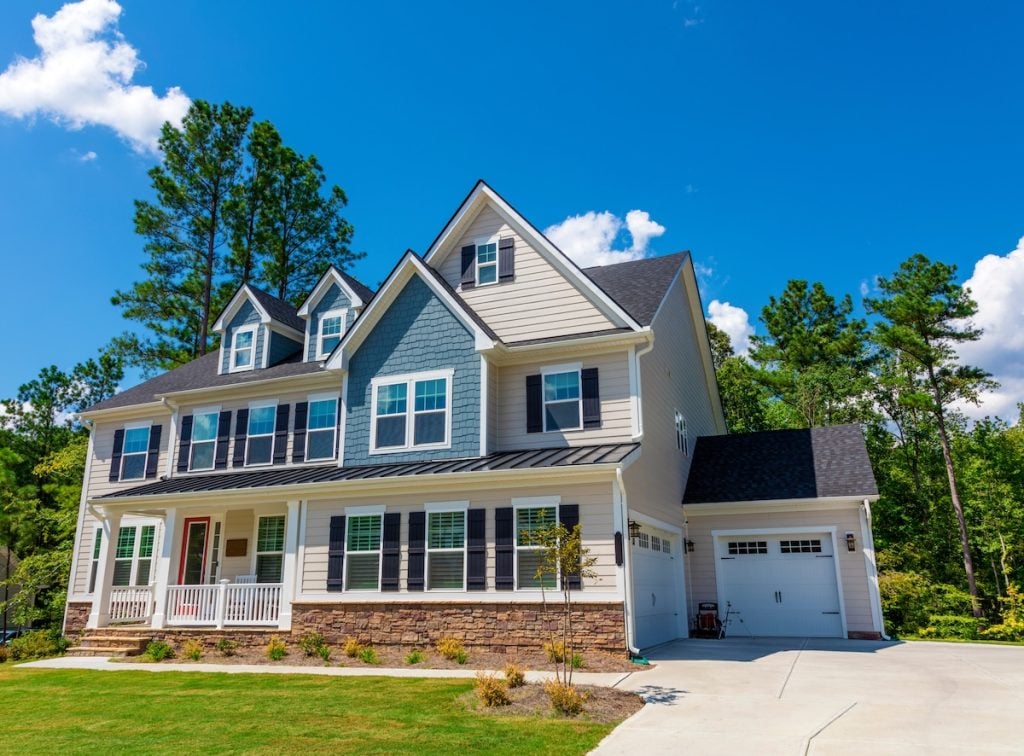
💪 Small Shingles, Big Protection
Now that you know what are starter shingles, it’s easy to see why they’re a foundational part of any professional roofing system. These unassuming strips may be hidden from view, but they serve a huge purpose in preventing leaks, resisting wind, and keeping your warranty intact.
When planning a new roof, don’t settle for shortcuts. Ask your contractor about starter shingles and make sure your roof is built from the edges up—with every layer working together.
Contact Roof Medic today to schedule your roofing consultation and learn how we deliver long-term protection through every detail, including starter shingles. We’re here to give your home a roof you can count on—starting at the very first row.
